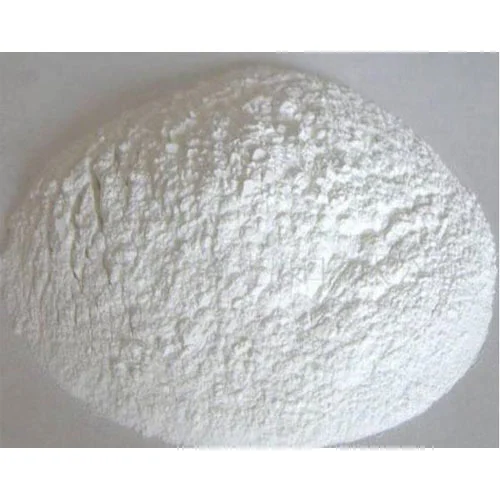The world of polymer science is teeming with little-known heroes that enhance the longevity, efficiency, and durability of a myriad of everyday materials. One of those hidden champions is Antioxidant 1010, a substance that plays an essential role in the stabilization of polymers. Despite its obscure status, understanding this chemical is vital for those who deal with the production or use of plastics, resins, or any polymeric materials. This comprehensive guide aims to shed light on Antioxidant 1010, its properties, applications, and how it affects the quality and performance of end products.
What is Antioxidant 1010?
As a sterically hindered phenolic antioxidant, Antioxidant 1010 excels in its ability to stabilize polymers. Specifically, it puts a halt to the oxidation process, thereby preserving the integrity of the material. Its chemical name is pentaerythritol tetrakis[3-(3,5-di-tert-butyl-4-hydroxyphenyl)propionate], a complex molecule that is well-suited for its purpose. Moreover, its molecular formula is C73H108O12, which further indicates its complex nature.
This chemical functions by targeting and neutralizing free radicals. Consequently, This action successfully prolongs the durability of the material it enriches. In summary, Antioxidant 1010 serves as a crucial component in maintaining the durability and longevity of polymers by arresting the oxidation process and neutralizing harmful free radicals.
Chemical Structure and Properties
The chemical structure of Antioxidant 1010 is uniquely designed to make it particularly effective. Its sterically hindered phenolic structure allows it to easily absorb and neutralize free radicals, which would otherwise initiate an oxidation reaction in the polymers. This antioxidant is highly effective in low concentrations and has excellent compatibility with a variety of materials.
Properties (Understanding Antioxidant 1010)
- Molecular Weight: 1177.65 g/mol
- Appearance: White, crystalline powder
- Melting Point: 110-125°C
- Solubility: Insoluble in water, soluble in organic solvents like toluene
- Stability: High thermal stability

Applications (Understanding Antioxidant 1010)
Polymer Production
In the polymerization stage, manufacturers typically use Antioxidant 1010 to stabilize a range of polymers, including polyethylene. Polypropylene, polystyrene, polyurethane, and PVC, among others.
Food Packaging
The antioxidant finds its use in food packaging materials to improve the shelf life of the products. It helps prevent the oxidation of oils and fats, thereby reducing spoilage.
Automotive and Electronics
Antioxidant 1010 finds applications in the automotive industry, where it is used in rubber and plastic components for cars. The electronics industry also employs this antioxidant in the manufacture of computer parts.Appliances, and other gadgets to increase their longevity.
Health and Personal Care
In pharmaceuticals and cosmetics. Antioxidant 1010 helps preserve the integrity and efficacy of the products by preventing the oxidation of oils and other ingredients.
Safety Concerns (Properties)
Antioxidant 1010 is generally considered safe when used in approved applications. However, it is advisable to consult Material Safety Data Sheets (MSDS) and adhere to local regulations for safe handling and disposal. Workers handling Antioxidant 1010 should use appropriate personal protective equipment (PPE) like gloves and safety goggles.
Market Analysis
With the unceasing rise in demand for polymers and plastics, the market for Antioxidant 1010 is gearing up for remarkable expansion. Market research estimates that its valuation will hit several billion dollars in the near future, fueled by advancements in polymer technology and manufacturing methods.
Conclusion (Understanding Antioxidant 1010)
Antioxidant 1010 is a remarkable chemical that plays a crucial role in stabilizing a wide range of materials from plastics to cosmetics. Its excellent radical scavenging properties make it an ideal choice for enhancing the durability, efficiency, and longevity of numerous products. With the increasing demand for high-quality polymers, Antioxidant 1010 stands as an unsung hero in material science, enhancing durability and efficiency at the molecular level.
By understanding the chemical properties and versatile applications of Antioxidant 1010, manufacturers and consumers alike can appreciate the behind-the-scenes science that goes into creating long-lasting and effective products. With the promising market potential, this antioxidant will continue to play a significant role in shaping the future of materials science.
